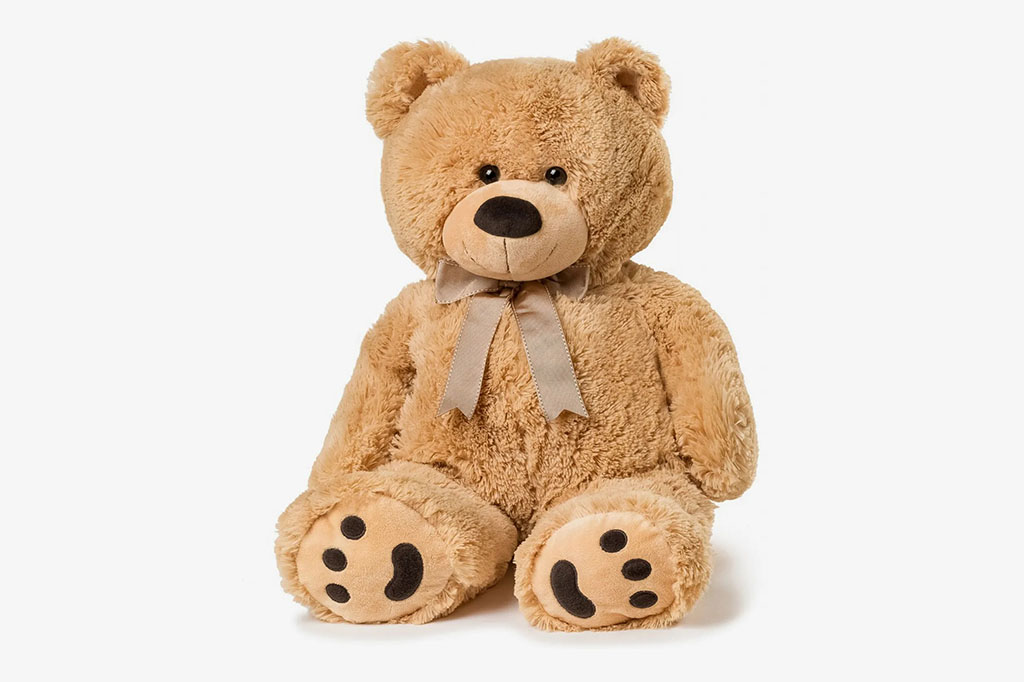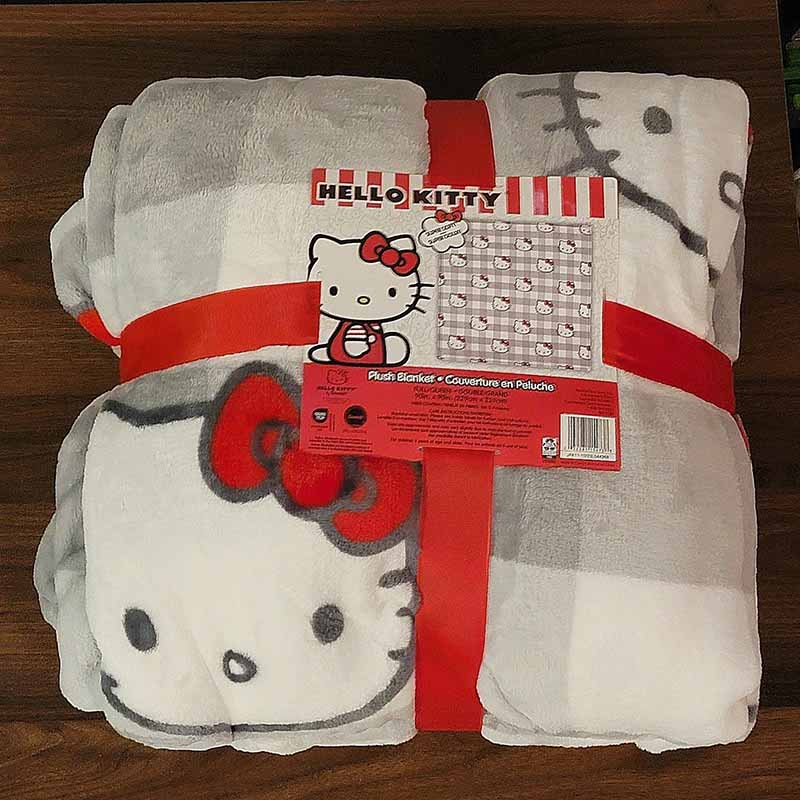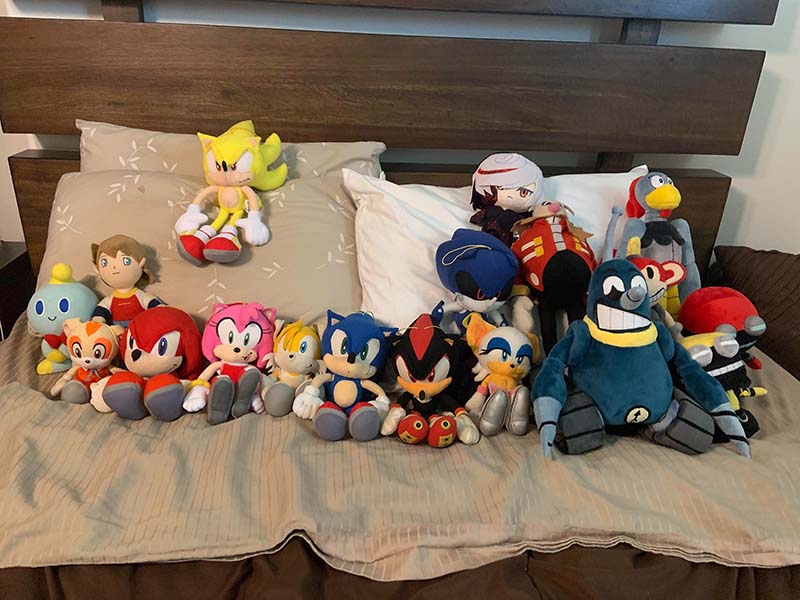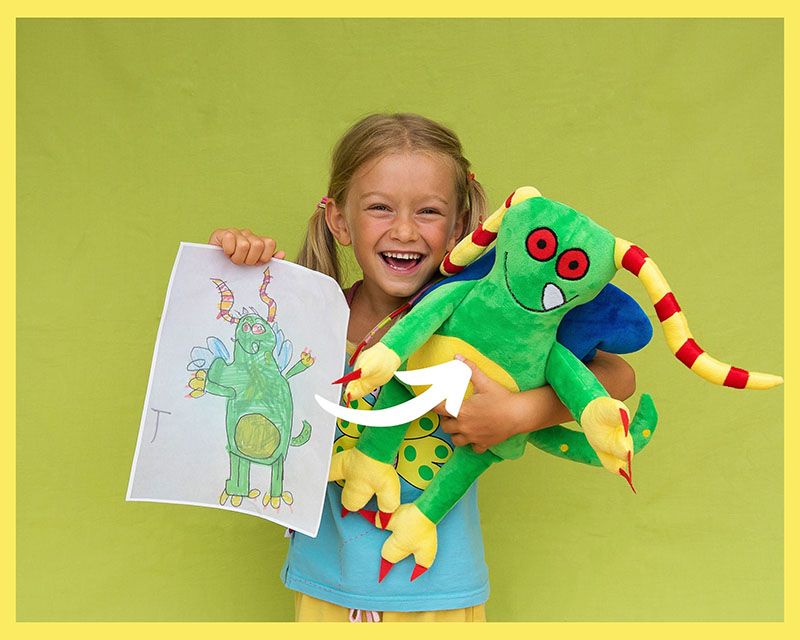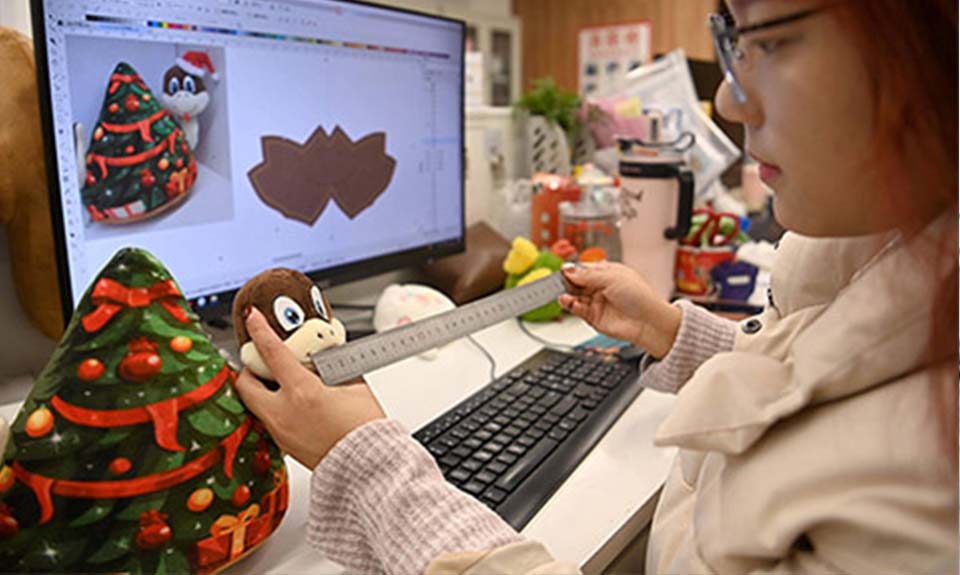Blind box plush toys combine mystery and collectability, creating excitement for consumers and strong sales for retailers.
A blind box plush toy is a sealed package that hides the design of the plush inside, creating surprise for buyers. This concept merges collectible culture with plush toys, encouraging repeat purchases and driving consumer engagement. Each series often features multiple designs, with rare editions increasing demand and resale value.
Blind box plush toys are not just toys—they are a marketing strategy and a cultural trend.
What Is a Blind Box Plush Toy and How Does It Work?
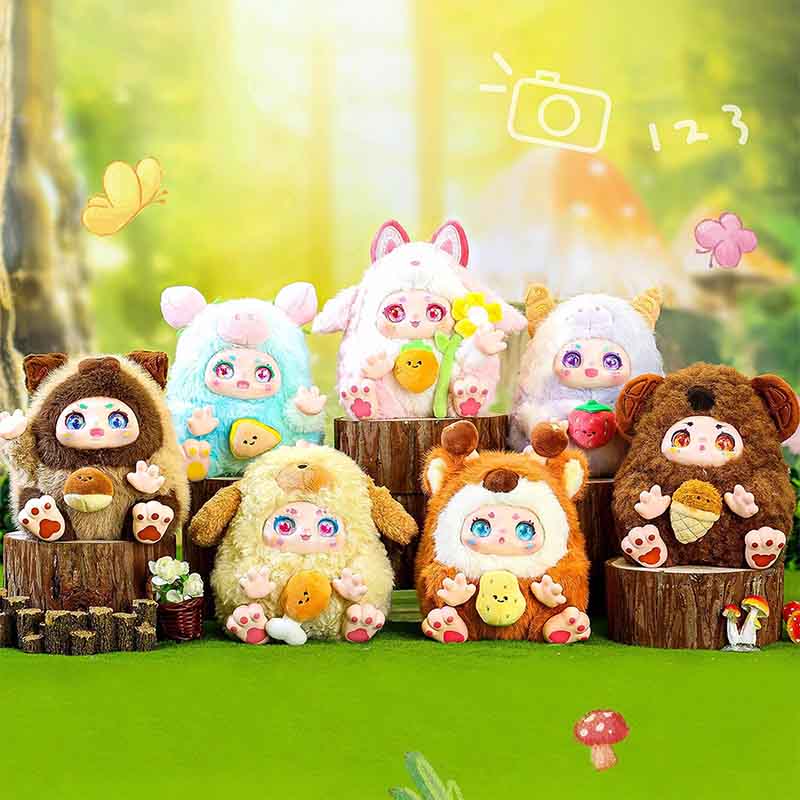
Blind box plush toys follow a simple but powerful concept.
They are sold in sealed packaging, preventing buyers from knowing which specific toy they will receive until the box is opened. This creates a “surprise effect” that keeps customers engaged and eager to purchase again.
Inside a typical blind box plush collection, there may be 8 to 12 characters. Most are common, but one or two are labeled as “rare” or “secret.” The probability of finding rare plush increases consumer excitement and often pushes buyers to purchase more boxes to complete their set.
For brands and manufacturers, blind boxes combine the collectible model with emotional attachment. Unlike traditional plush toys, blind box plushies rely heavily on packaging, branding, and series storytelling. This means the value is not just in the toy itself, but in the consumer’s anticipation and collection journey.
In markets like the U.S., Europe, and Asia, blind box culture has been strongly influenced by art toys, vinyl figures, and capsule toys. Plush versions add softness and emotional warmth, appealing to both children and adult collectors.
| Feature | Description | Consumer Impact |
|---|---|---|
| Sealed Packaging | Buyers cannot see the toy | Builds anticipation |
| Series Collection | Multiple characters per set | Encourages repeat purchases |
| Rare Editions | Limited availability | Higher resale value |
| Storytelling | Character-driven designs | Stronger emotional connection |
How Did Blind Box Plush Toys Emerge in the Global Toy Market?
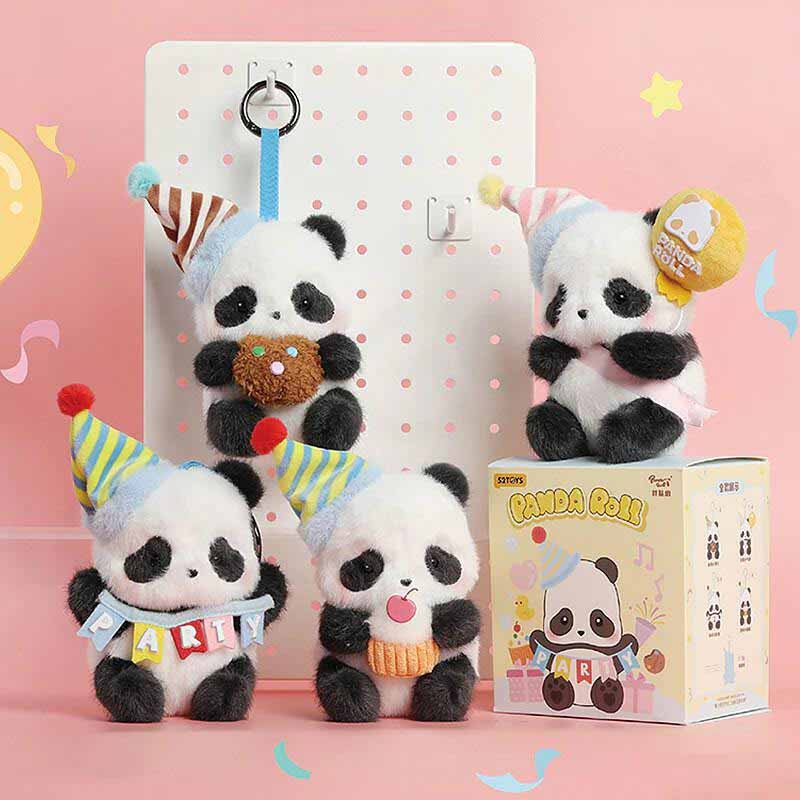
The blind box concept started in Asia and expanded globally.
The trend can be traced back to Japanese gashapon capsule toys, which introduced the idea of random surprises in collectibles. Later, Chinese brands like Pop Mart pushed the concept into the mainstream with blind boxes featuring designer toys. Plush blind boxes are a natural evolution of this model.
In China, blind box sales became a phenomenon around 2016–2018, with consumers lining up to purchase multiple boxes at once. This success attracted plush toy manufacturers who saw an opportunity to combine softness with surprise. Plush blind boxes have since been sold in global retail chains, online stores, and toy fairs.
The U.S. market embraced the concept through collectible plush series like Squishmallows Mystery Boxes. In Europe, blind box plush toys are now featured in supermarkets, toy shops, and e-commerce channels. The trend has also reached the Middle East, where mystery packaging creates a premium shopping experience.
For manufacturers, this evolution highlights how quickly consumer behavior shifts when emotional value is added to toys. Buyers are not only paying for the plush—they are paying for the surprise. Retailers, meanwhile, benefit from higher repeat purchase rates and stronger customer loyalty.
| Region | Market Entry | Consumer Behavior |
|---|---|---|
| Japan | Gashapon toys | Surprise-driven collecting |
| China | Pop Mart blind boxes | Mass adoption, rare item hype |
| USA | Squishmallows blind sets | Mainstream retail acceptance |
| Europe | Mixed retail channels | Strong e-commerce growth |
What Materials and Design Features Are Common in Blind Box Plush Toys?
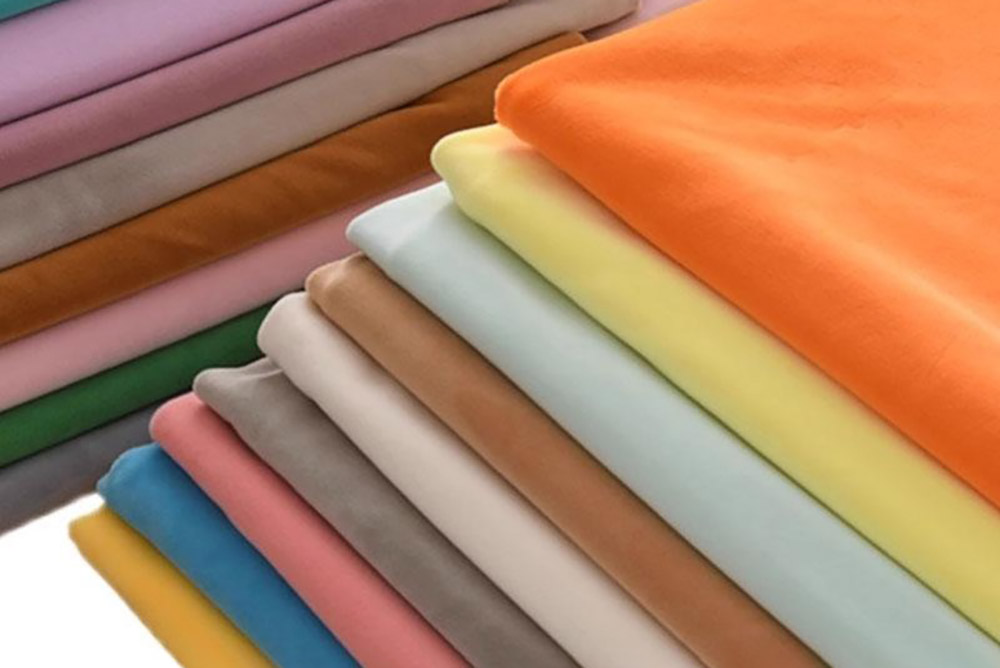
The success of blind box plush toys depends heavily on design quality.
Most blind box plush toys use soft short plush, velboa, or minky fabric to create a premium hand-feel. Filling is typically polyester fiberfill, though some may include beads for weight. Small size, usually 8–12 cm, is preferred for portability and collectability.
Designs are usually character-based, with each series built around a theme—animals, fantasy creatures, or licensed IP. Manufacturers pay special attention to embroidery, stitching, and accessory details, since collectors expect quality despite the small size.
Packaging is another critical feature. Blind box plush toys often come in colorful boxes with sealed foil bags inside. This prevents tampering and ensures the surprise element. Some brands add QR codes, collector cards, or holographic seals to increase perceived value.
Buyers sourcing blind box plush toys must pay attention to material safety. Because these toys are small, safety standards like CE and ASTM are critical to prevent risks such as choking hazards from accessories. Manufacturers with certified fabrics and secure stitching offer the best solutions.
| Material | Usage in Blind Box Plush | Buyer Advantage |
|---|---|---|
| Short Plush / Velboa | Main fabric | Soft touch, durable |
| Minky Fabric | Premium collections | Luxurious texture |
| Polyester Fiberfill | Standard stuffing | Safe, cost-efficient |
| Beads (optional) | Weighted effect | Adds uniqueness |
How Do Blind Box Toys Influence Consumer Behavior and Collecting Trends?
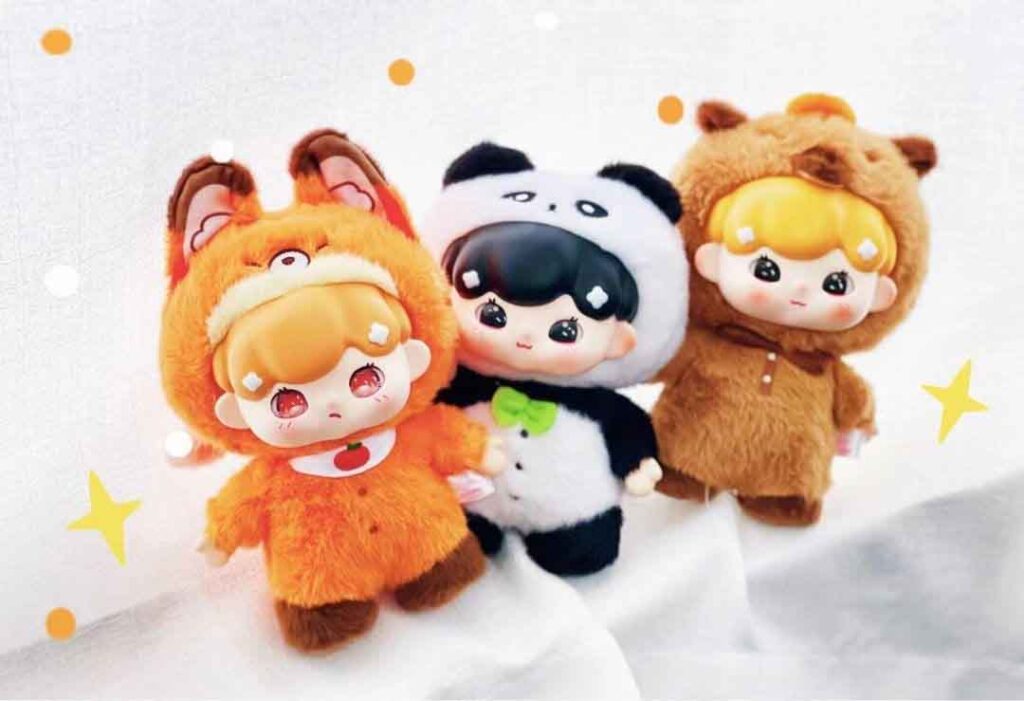
Blind box plush toys are a lesson in consumer psychology.
They trigger curiosity, anticipation, and the desire for completion. Buyers purchase repeatedly to collect full sets, while rare editions create secondary markets with high resale value.
The “surprise factor” engages both children and adults. For children, blind box plushies create fun experiences of discovery. For adults, especially millennials and Gen Z, they tap into nostalgia and the thrill of collecting. Social media amplifies this by encouraging buyers to share “unboxing videos,” fueling viral marketing.
The psychology of scarcity also plays a role. When buyers know that one character is “rare,” they feel motivated to buy multiple boxes. This behavior increases average purchase value and strengthens brand loyalty. For retailers, this means blind box plush toys generate higher turnover compared to standard plush.
In markets like the U.S. and Europe, blind box plush toys have even created collector communities. Online forums, social groups, and reselling platforms are filled with trading activity, where buyers exchange or resell duplicates to complete their sets.
| Consumer Trigger | Description | Retailer Benefit |
|---|---|---|
| Curiosity | Sealed surprise creates excitement | Repeat purchases |
| Scarcity | Rare toys increase perceived value | Higher sales volume |
| Community | Collectors trade online/offline | Stronger brand presence |
| Social Media | Unboxing trend drives visibility | Free marketing exposure |
What Role Do Licensing and Character IPs Play in Blind Box Plush Series?
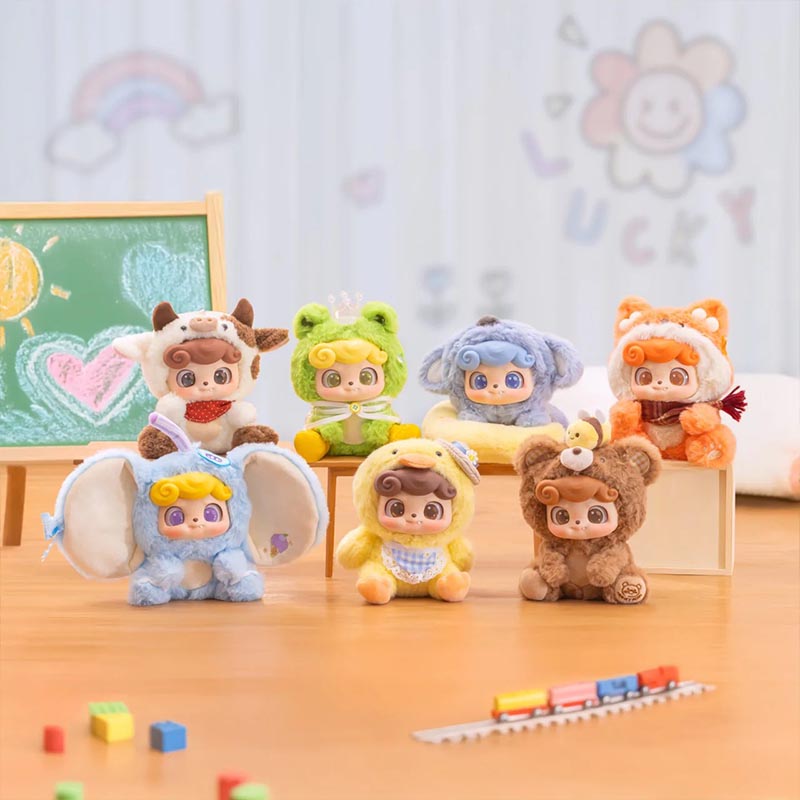
Licensing elevates blind box plush toys to new levels.
Popular IPs like Disney, Marvel, Sanrio, or anime franchises are frequently used in blind box collections. Licensed series attract instant attention, as fans are eager to collect their favorite characters.
For brands, IP licensing adds value because it connects products to existing fan communities. This reduces marketing costs and boosts sales potential. Licensed blind box plush toys often achieve premium pricing, as buyers are willing to pay more for officially recognized characters.
Manufacturers capable of handling licensed projects must meet stricter quality and compliance standards. This includes tighter QC, approval processes from IP holders, and certified factories. Buyers benefit because licensed blind boxes not only sell faster but also maintain higher margins.
In addition to global IPs, regional licensing also plays a role. For example, in Japan, anime characters dominate blind box plush sales. In China, local designer IPs like Labubu have created cultural phenomena. In the U.S. and Europe, movie and game tie-ins are particularly strong.
| IP Type | Example | Buyer Benefit |
|---|---|---|
| Global IP | Disney, Marvel, Hello Kitty | Strong fan base, premium pricing |
| Regional IP | Labubu, Anime titles | Local market appeal |
| Indie Designer | Pop Mart originals | Unique, niche demand |
How Can Retailers and Brands Benefit from Sourcing Blind Box Plush Toys?
Blind box plush toys are not just a product—they are a growth strategy.
Retailers and brands benefit through higher repeat sales, strong margins, and customer loyalty. Blind boxes turn simple plush toys into collectible series that attract repeat traffic and encourage impulse buying.
Retailers can position blind box plush toys as entry-level products with attractive price points, while still achieving high sales volume due to repeat purchases. They also work well for cross-promotions, seasonal launches, or collaborations with influencers.
For brands, blind boxes provide a way to extend IP value. Instead of one plush toy, a brand can launch a full series, increasing product diversity and shelf appeal. Blind boxes also work effectively in e-commerce, where mystery products generate excitement and higher conversion rates.
Manufacturers like Kinwin support this by offering flexible MOQs, quick sampling, and packaging customization. Buyers can choose their own themes, characters, or licensed collaborations to fit their target audience.
| Benefit Type | Retailer/Brand Advantage | Example |
|---|---|---|
| Higher Sales | Repeat purchases | Customers buy 3–5 boxes at once |
| Strong Loyalty | Collectors return for full sets | Creates community buzz |
| IP Expansion | From single toy to series | Adds brand storytelling |
| E-commerce Value | Mystery drives clicks | Boosts online sales |
Conclusion
Blind box plush toys combine surprise, design, and consumer psychology into one powerful product trend.
At Kinwin, we help global buyers develop custom blind box plush series with safe materials, certified quality, and innovative designs. Our OEM/ODM services, packaging customization, and global delivery ensure your products stand out in retail and e-commerce.
Contact me, Amanda, at [[email protected]] or visit https://kinwintoys.com today. Let’s design and manufacture your next blind box plush series that excites consumers and strengthens your brand.


